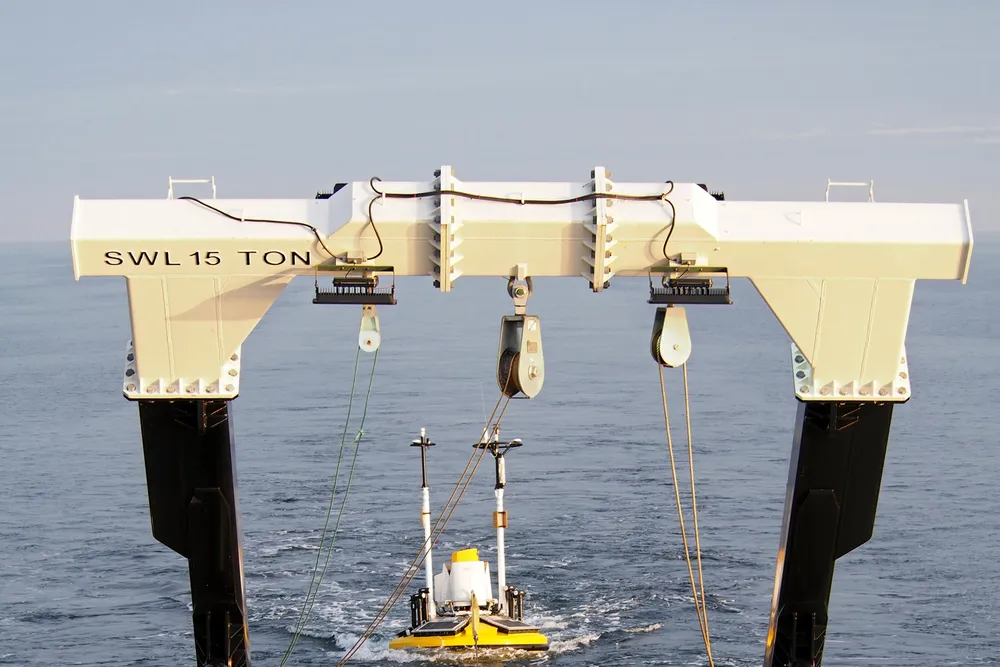Shell-EDF US offshore wind project moves to key federal review
Developer duo has already contracted 1.5 gigawatts for Atlantic Shores and has plenty of space in lease area off Atlantic City for another project as state opens Round 3 tender

Developer duo has already contracted 1.5 gigawatts for Atlantic Shores and has plenty of space in lease area off Atlantic City for another project as state opens Round 3 tender
